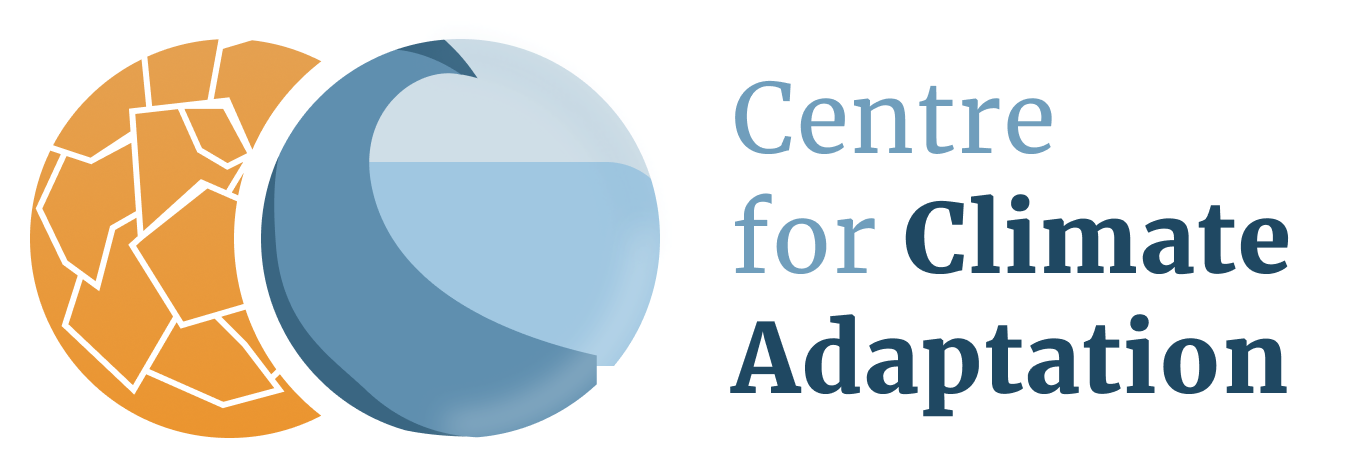Romania
Viniculture
Romania can be counted among the main wine-producing countries of Europe. It specializes in the production of high-quality wines, using modern methods; with the growth of the tourist trade, its wines are becoming known and appreciated by a larger international public. Large quantities are exported annually. The major vineyards are at Odobesti, Panciu, and Nicoresti, with 5 or more other major centres. Both white and red wines have won various international awards. At altitudes between 1,000 and 1,600 feet (300 and 500 metres), orchards are found on almost all the hillsides on the fringe of the Carpathians. There is specialization in fruits with a high economic yield. Orchards have solved problems of soil erosion on many unstable hillsides.
The 37 wine-growing regions of Romania represent about 191,000 ha of vineyards, and include both the well-known wine grape varieties Sauvignon, Chardonnay, Cabernet Sauvignon and Merlot, and local varieties (6). The soils of Romania are mostly suitable for white wine varieties, and secondary for red table wines (5).
Vulnerabilities - Trends so far
In the period 1961–2013, the area in Romania suitable for viticulture has expanded. On average, the upper limit for growing wine grapes has shifted from 612 m to 860 m. The potential for white wines has migrated to higher elevations and latitudes, while the potential for red wine production has significantly increased at lower elevations. Overall, there is an increase in suitability for wine grape production for about one third of the country. The potential for white wine varieties has decreased and has migrated to higher elevations, while the potential for red wine varieties has increased by the expansion of suitable areas towards the North and to higher elevations in the hilly and plateau areas (5). Significant warming trends were found for most of the Romanian wine regions, especially for spring and summer seasons. The actual sunshine duration has also increased, while precipitation has stayed the same (7).
Traditional areas are still suitable for viticulture. In addition, viticulture potential is extending outside traditional areas. The most favourable regions for viticulture in Romania are still the hilly regions from the mountain area periphery. In the context of climate change, their viticultural potential is enhanced because of the favourable influences that this landform type and its specific soils exert on wine quality (5).
Cotnari wine region
Cotnari is a traditional wine region, specialized in white wine production, located in the north-eastern part of Romania close to the northern limit of vine cultivation. Increasing temperature trends in previous decades reveal a pronounced warming tendency in the Cotnari wine region climate, modifying grape ripening conditions, similar to scenarios predicted for other northern wine regions (3).
The spatial structure of the Cotnari wine region’s climate suitability has changed: climate suitability for white wines has shifted upwards to higher and cooler elevations, while the lower zone has gradually become suitable for red wine production. The area suitable for the quality white wine, which is the most representative style of wine produced in the Cotnari wine region, shifted in elevation about 67 m above sea level between 1961 and 2013, and has been replaced within the lower zone by the new appearance of a suitability for red wines. These developments necessitate action in order to adapt local viticulture to the new spatial distribution and structure of climate suitability for wine production, and to maintain the Cotnari wine region’s specificity (2).
Temperature increases during January (+2.5 °C) and February (+1.0 °C) can diminish bud cold resistance and increase the risk of damage to vines, since, within the studied area, minimum temperatures still drop to −29.78 °C, which causes massive damage to vines (4). Also, temperature increases in March (+1.2 °C) can advance bud-burst, exposing young shoots to spring frosts that occur within the region till the end of April. Last but not least, temperature increases in July (+1.3 °C) and August (+0.9 °C), can hasten berry ripening, exposing them to high temperatures, with a possible negative impact on their chemical composition (2).
Adaptation
Adaptation may include changing to more resistant grape varieties, changing the viticultural techniques and the pest and disease control measures, application of irrigation or selection of soils with higher water holding capacity (8). Under severe climate warming conditions, vineyard relocation to cooler sites (at higher elevations, latitudes, on north-facing slopes or coastal zones) may be a long-term adaptation measure (9).
References
The references below are cited in full in a separate map 'References'. Please click here if you are looking for the full references for Romania.
- Ministry of Environment and Watermanagement (2005)
- Irimia et al. (2018)
- Malheiro et al. (2010); Moriondo et al. (2013), all in: Irimia et al. (2018)
- Irimia et al. 2014b, in: Irimia et al. (2018)
- Patriche and Irimia (2022)
- International Organisation of Vine and Wine (2019), in: Patriche and Irimia (2022)
- Dumitrescu et al. (2015); Bucur and Dejeu (2016); Irimia et al. (2018a), all in: Patriche and Irimia (2022)
- Keller (2010); van Leeuwen et al. (2019); Santos et al. 2020, all in: Patriche and Irimia (2022)
- Santos et al. (2020), in: Patriche and Irimia (2022)




